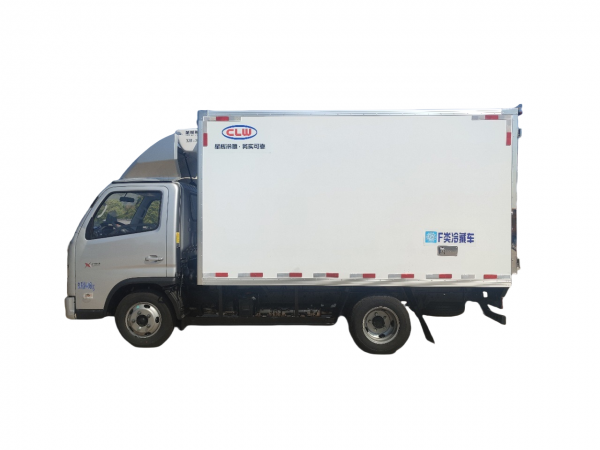Introduction
Truck mounted cranes are versatile machines that play a crucial role in various industries such as construction, transportation, and logistics. These cranes are mounted on trucks, providing mobility and flexibility in lifting and transporting heavy loads. One of the critical considerations when using a truck mounted crane is its weight capacity. Understanding the weight limits of these cranes is essential for ensuring safety, efficiency, and compliance with regulations. In this article, we will delve into the importance of truck mounted crane weight, factors that influence weight capacity, and best practices for safe operation.
Importance of Truck Mounted Crane Weight
The weight capacity of a truck mounted crane is a fundamental aspect that determines its capabilities and limitations. It refers to the maximum weight that the crane can lift and transport safely without risking structural integrity or causing accidents. Exceeding the weight capacity of a crane can lead to catastrophic consequences, including crane tipping, structural failure, and injuries to personnel. Therefore, adhering to the specified weight limits is crucial for ensuring the safety of workers, bystanders, and the integrity of the crane itself.
Factors Influencing Truck Mounted Crane Weight Capacity
Several factors influence the weight capacity of a truck mounted crane, and understanding these factors is essential for safe and efficient operation. Some of the key factors include:
1. Crane Design: The design of the crane, including its boom length, configuration, and stability features, plays a significant role in determining its weight capacity. Cranes with longer booms typically have higher lifting capacities but may have restrictions based on the type of load and working conditions.
2. Structural Integrity: The materials used in the construction of the crane, such as steel, aluminum, or composite materials, affect its overall weight capacity. Cranes with higher-quality materials and robust structural design can typically handle heavier loads.
3. Counterweights: Truck mounted cranes are equipped with counterweights to balance the load and prevent tipping. The size and placement of these counterweights impact the crane's stability and weight capacity. Properly adjusted counterweights are essential for safe lifting operations.
4. Hydraulic System: The hydraulic system of the crane plays a crucial role in lifting and lowering heavy loads. The efficiency and capacity of the hydraulic system influence the crane's overall weight capacity and performance.
5. Load Distribution: Proper load distribution is critical for maintaining the stability and balance of the crane during lifting operations. Unevenly distributed loads can exceed the crane's weight capacity on one side, leading to instability and potential accidents.
Regulations and Standards
To ensure the safe operation of truck mounted cranes, regulatory bodies, such as OSHA (Occupational Safety and Health Administration) and ANSI (American National Standards Institute), have established guidelines and standards for crane operations. These regulations outline specific requirements for crane weight capacity, load limits, operator training, and maintenance procedures. It is essential for crane operators and companies to adhere to these regulations to prevent accidents, injuries, and legal liabilities.
Best Practices for Safe Operation
Operating a truck mounted crane safely requires adherence to best practices and safety protocols. Some of the key practices include:
1. Regular Inspections: Conducting thorough inspections of the crane, including structural components, hydraulic systems, and safety devices, is essential to identify any defects or issues that may compromise safety.

2. Operator Training: Proper training and certification of crane operators are crucial for safe and efficient operation. Operators should be well-versed in crane controls, load limits, and safety procedures to prevent accidents.
3. Load Calculation: Before lifting any load, operators should calculate the weight of the load and ensure that it does not exceed the crane's weight capacity. Using load charts and consulting with engineers can help determine the safe lifting capacity of the crane.
4. Secure Load Handling: Proper rigging techniques and load securing methods are essential for safe lifting operations. Ensuring that the load is properly balanced and secured prevents accidents and injuries during lifting and transport.
5. Avoiding Overloading: Operators should never exceed the weight capacity of the crane, even by a small margin. Overloading the crane can lead to catastrophic failures and endanger the safety of personnel and bystanders.
Conclusion
Truck mounted cranes are valuable assets in various industries, providing efficient lifting and transport capabilities. Understanding the weight capacity of these cranes and adhering to safety regulations and best practices is essential for safe and effective operation. By considering factors that influence weight capacity, following regulatory guidelines, and implementing safety protocols, crane operators can mitigate risks and ensure the well-being of personnel and equipment. Truck Mounted Crane jib extension mounted crane weight plays a crucial role in maintaining safety, efficiency, and compliance in lifting operations.
